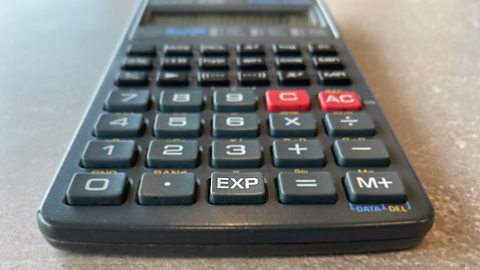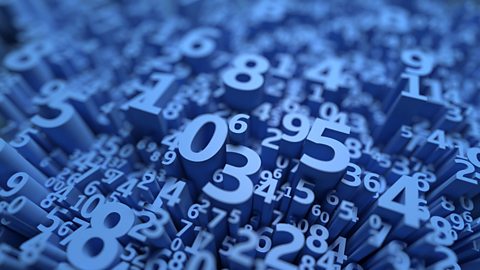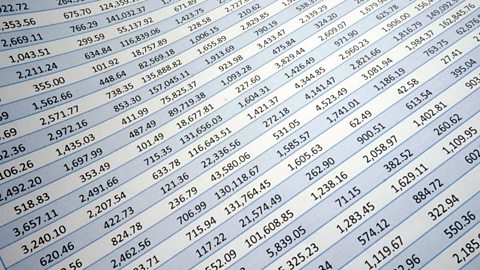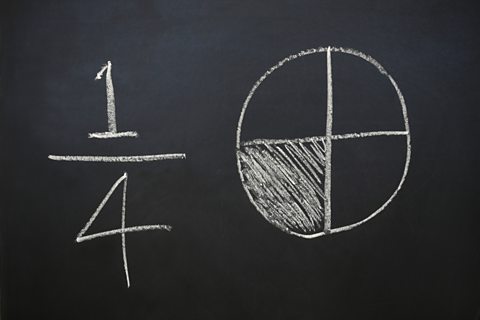Numeracy skills
Order of operations
Select and carry out calculations in the correct order of precedence using the вҖҳrulesвҖҷ of BODMAS (Brackets first then Other then Division then Multiplication then Addition and finally Subtraction).

Multiplication
A number can be multiplied to two decimal places by a single-digit whole number or by multiples of 10, 100 and 1000 using a standard written format and without a calculator.

Division
A number can be divided to two decimal places by a single-digit whole number or by multiples of 10, 100 and 1000 using a standard written format and without a calculator.

Negative numbers
Negative numbers are mainly used with coordinates and temperature. Use negative numbers in addition and subtraction problems including subtracting a negative number.

Distance, speed and time
The distance, speed and time equation allows us to calculate distance, speed and time. In all of these calculations, the units used should correspond with each other.

Rounding
Many calculations result in solutions to a greater degree of accuracy than what is required. In such cases the answers are rounded to the required degree of accuracy.

Rounding and estimating
Select and carry out calculations and round answers to the nearest significant figure. A way of approximating or estimating an answer is to round off using significant figures.

Fractions
Calculations can be carried out using fractions of shapes and quantities. Mixed fractions can be added or subtracted to find the number of fractional parts in a mixed number.

Percentages
Calculations can be carried out using percentages of shapes and quantities. We can calculate percentage increase and decrease, as well as express a quantity as a percentage of another quantity.

Ratio
A ratio is used to compare two quantities which are measured in the same units. Given a ratio, quantities can be calculated.

Links
- External linkExternal link
- External linkExternal link
- External linkExternal link
- External linkExternal link